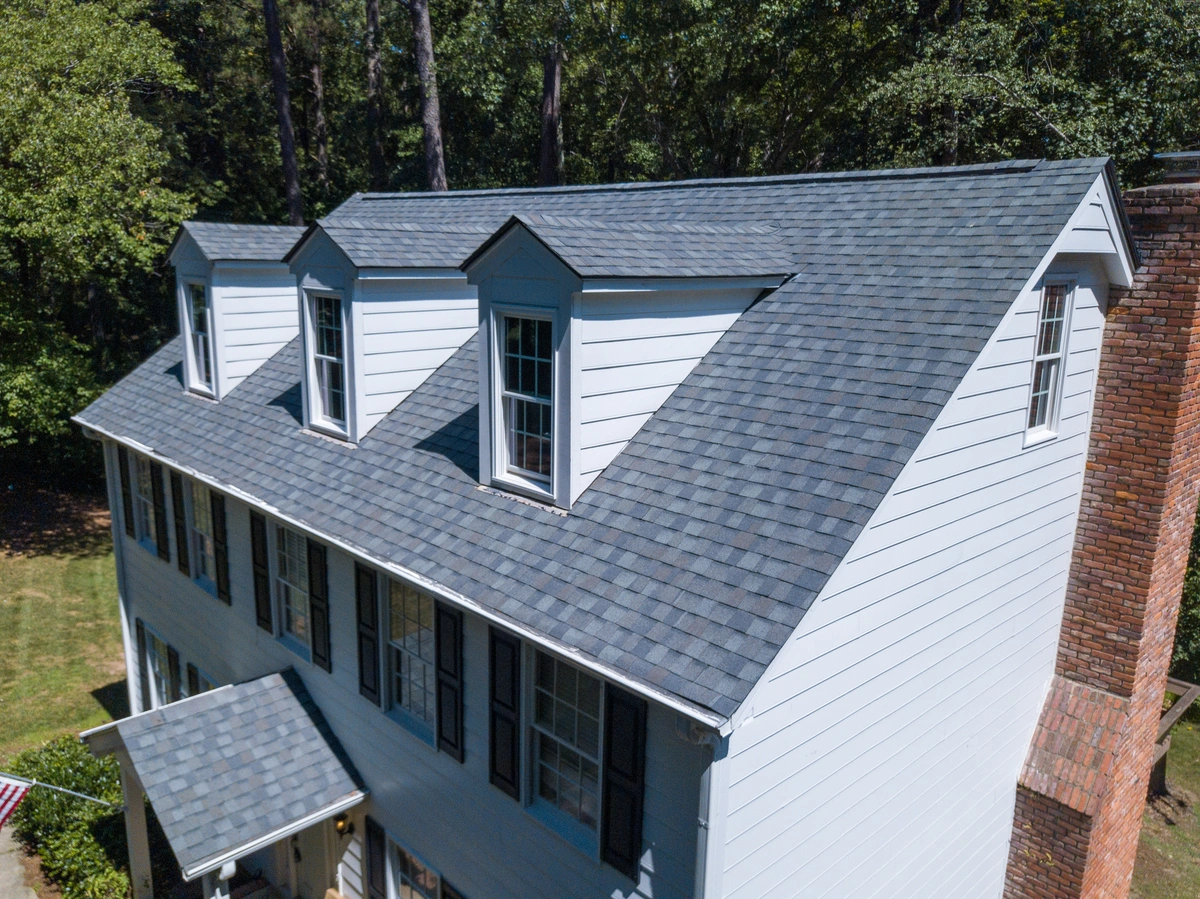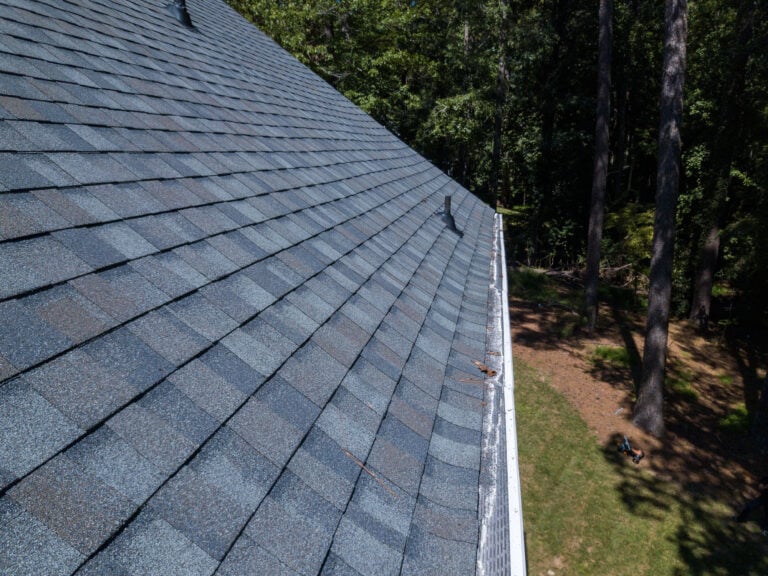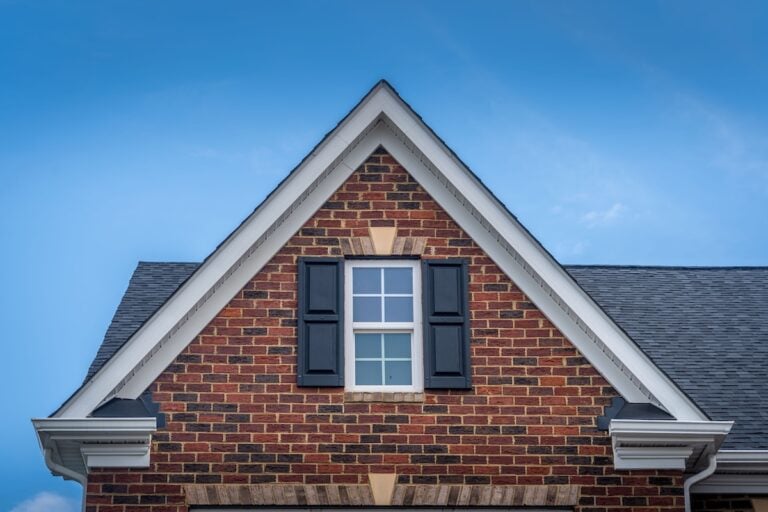Owning a home brings a sense of security, comfort, and pride, but it also entails a significant responsibility—the regular care and maintenance of your property’s integral components. Among these, the roof stands out as the first line of defense against the elements. This comprehensive guide is designed to equip you with the knowledge and best practices to maintain your roof, prolong its lifespan, and prevent costly damages.
Inside this Blog:
- The DIY Roof Inspection and Why It Matters
- Essential Roof Maintenance Tasks for Every Homeowner
- Knowing When It’s Time to Call an Expert
Home maintenance may sound daunting, particularly when it comes to vital elements such as the roof. However, with a little knowledge and regular inspections, you can avoid common pitfalls that lead to premature roof failure.
Best Practices for DIY Roof Inspection
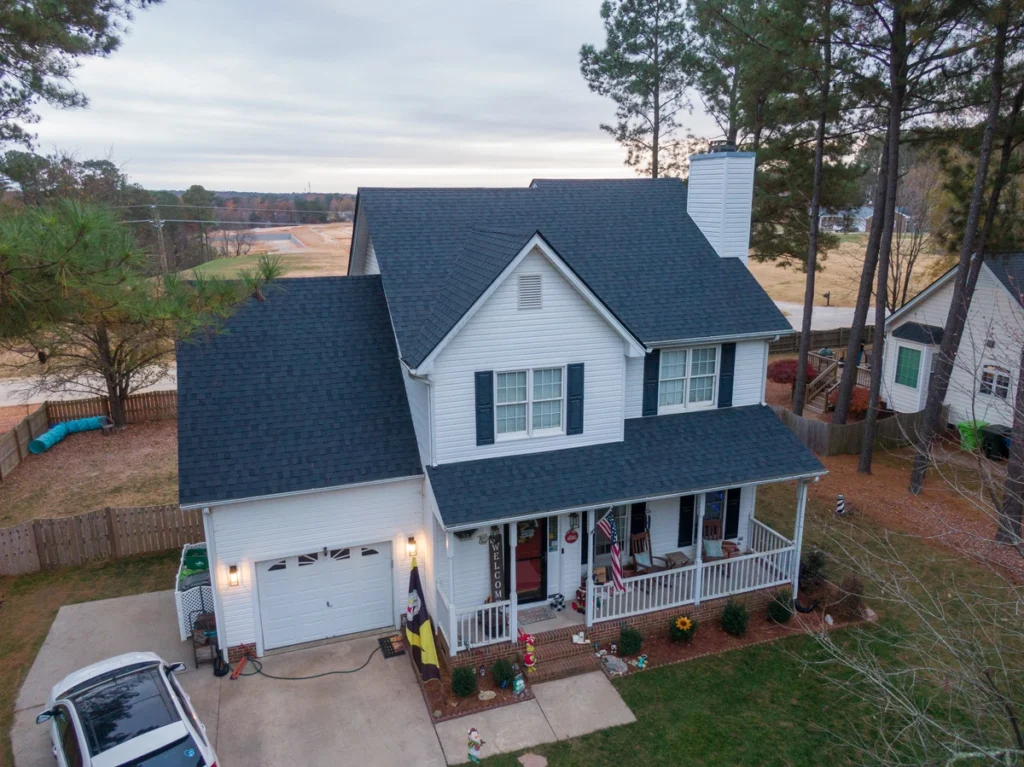
The key to preventing major damage to your roof is early detection. Regular DIY roof inspections provide an opportunity to catch and address issues before they escalate. Here’s how to perform a thorough check-up safely and effectively:
Step 1: Safety First
Before starting any roof inspection, ensure that you have the appropriate safety equipment, such as a sturdy ladder, non-slip shoes, and a safety harness. Do not attempt an inspection in inclement weather or if you are uncomfortable with heights. If in doubt, hire a professional.
Step 2: Shingle Deep-Dive
Look for any signs of shingle damage, including curling, blistering, or missing pieces. Damaged shingles can compromise your roof’s ability to shed water or protect against wind, which can lead to leaks or further destruction during a storm.
Step 3: Flashing Focus
Your roof’s flashing is a strip of metal that seals the gaps around chimneys, vents, and other areas where the roof has been penetrated. Inspect the flashing for rust, dents, and gaps. Damaged flashing can allow water to seep into your home or beneath the shingles, causing rot.
Step 4: Gutter Check-Up
Clogged or damaged gutters can cause water to back up, leading to water damage in your home and on your roof. Ensure that gutters are clear of debris and that all downspouts are directing water away from the foundation.
Step 5: Attic Assessment
A healthy roof is closely linked to the state of your attic. Look for signs of water damage, such as stains or mold on the ceiling or walls. Also, verify your attic is adequately insulated and ventilated—poor ventilation can lead to excess moisture that can damage the roof’s structure.
Step 6: Note the Surroundings
Observations of the environment around your home are as critical as the roof’s physical assessment. Overhanging branches can scrape the roof’s surface, and excessive debris can create a haven for water and damage-inducing organisms. Make a conscious effort to keep these factors in check.
Essential Roof Maintenance Tips for Every Homeowner
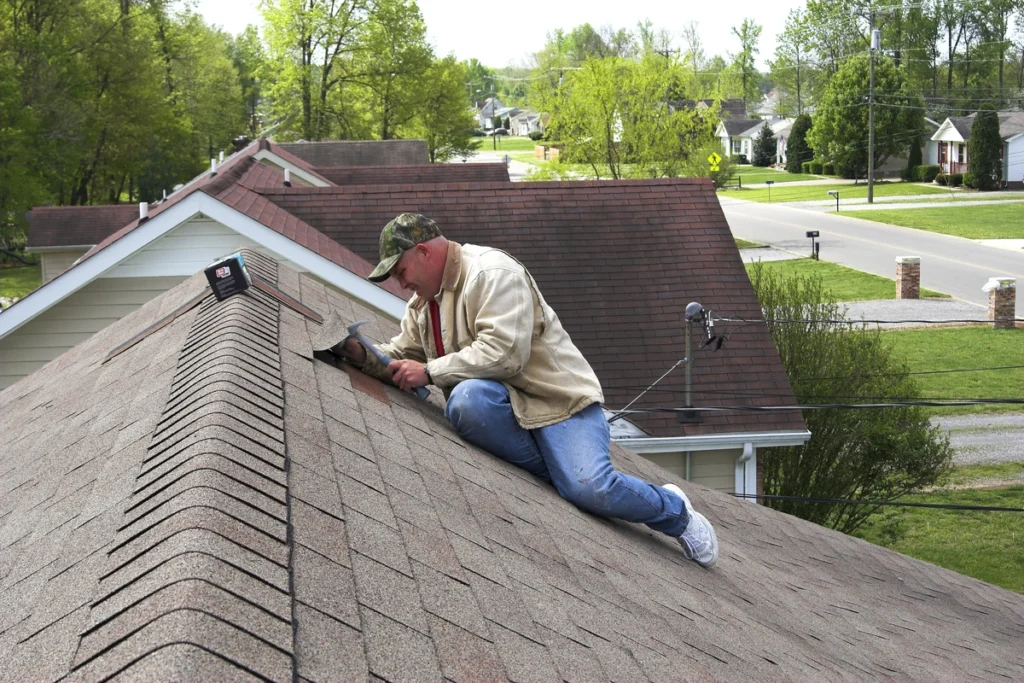
Roof maintenance is more than emergency repairs; it’s a series of strategic actions taken annually and after severe weather. Here’s a roof maintenance checklist:
Build a Maintenance Schedule
Annual roof check-ups should be an integral part of your home maintenance calendar. The changing seasons can impact the integrity of your roof, so it is wise to schedule inspections after winter and summer, or engage in a monthly visual check if your region faces extreme climatic conditions.
Clean Those Gutters
One of the most crucial yet overlooked aspects of roof maintenance is the regular cleaning of gutters. Debris accumulation can lead to water pooling and eventual leaks. Schedule bi-annual gutter cleanings and consider installing leaf guards to prevent debris build-up.
Remove Overhanging Limbs
Large limbs looming over your roof might be a disaster waiting to happen during heavy winds or storms. Regular trimming ensures that these don’t become a liability, and it also prevents the excessive accumulation of organic materials on your roof.
Inspect after Severe Weather
Whether it’s a violent storm or prolonged winter, certain weather events can cause significant damage to your roof. After harsh weather, conduct a thorough inspection to identify potential damage that may require immediate attention.
Maintain the Chimney
Chimneys and skylights provide a wonderful aesthetic to your home, but their base materials require a guarding maintenance regimen. Ensure the flashing around them is intact, and consider waterproof sealants for extra shield against water.
Moss and Algae Control
Moss and algae growth not only tarnish the visual appeal of your roof, but their root systems can also damage the shingles and cause premature aging. Use an eco-friendly moss remover and apply a zinc strip near the ridge to prevent regrowth.
Prevent Ice Dams
In colder climates, ice dams can form on the roof’s eaves, which can lead to water backing up under the shingles and into your home. Proper insulation and ventilation in the attic can help regulate the roof’s temperature and prevent ice dam formation.
When to Call a Professional
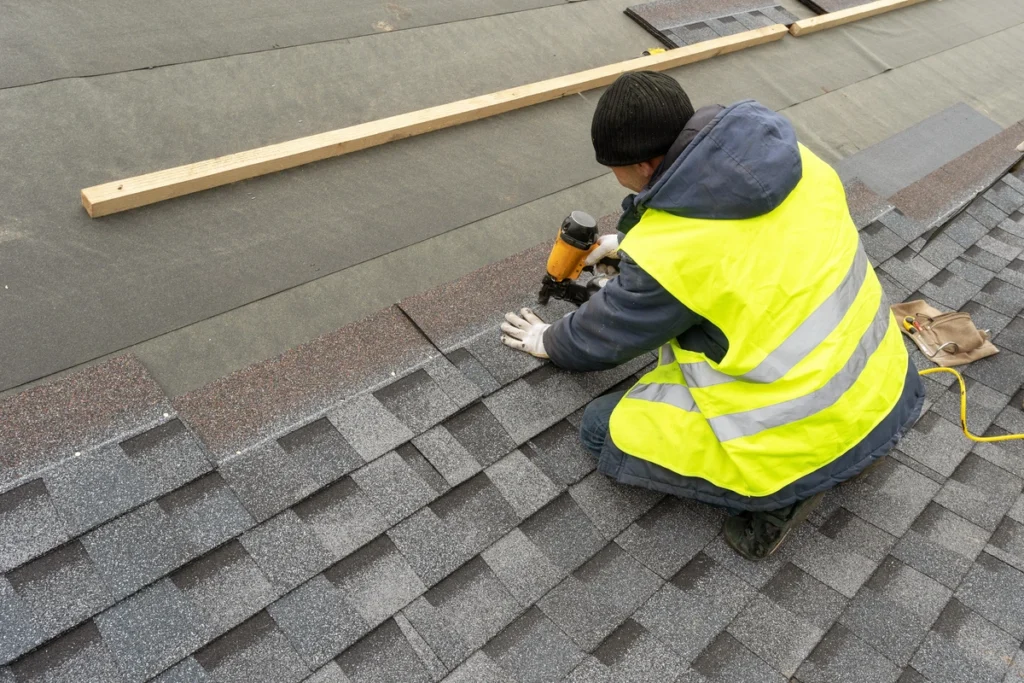
There comes a time in every homeowner’s life when DIY maintenance is not enough. Recognizing when to call in a roofing contractor can be the difference between a well-maintained roof and one that requires costly repairs or even a full replacement.
Persistent Leaks
If you notice a leak that’s gone unfixed after several attempts at repair, or if multiple areas of your roof are leaking, it’s time to consult a professional. These issues often indicate more widespread damage that needs expert attention.
Widespread Shingle Problems
If you’re experiencing large areas of shingle damage, such as significant curling, buckling, or missing shingles, this indicates a problem with the roof’s integrity. A professional roofing company can assess the severity of the damage and recommend the best course of action.
Structural Compromise
If you detect any signs of sagging or structural weakness, your roof may be in danger of collapsing. Immediate professional intervention is necessary to address the issue and ensure your home’s safety.
Routine Professional Inspections
Even if your roof appears to be in good condition, routine professional inspections every few years can uncover underlying issues that may not be apparent to an untrained eye. This proactive approach can save you from unexpected major repairs.
Need a Professional Roof Inspection?
Your roof is a critical part of your home that requires attention and maintenance. By following the best practices outlined in this guide, you can protect your investment, enhance your property’s curb appeal, and ensure a safe and comfortable living environment for you and your family.
For any roofing complication, remember that Palladium Roofing is always available to help you maintain orreplace your roof. Get in touch with us for a complimentary inspection.


